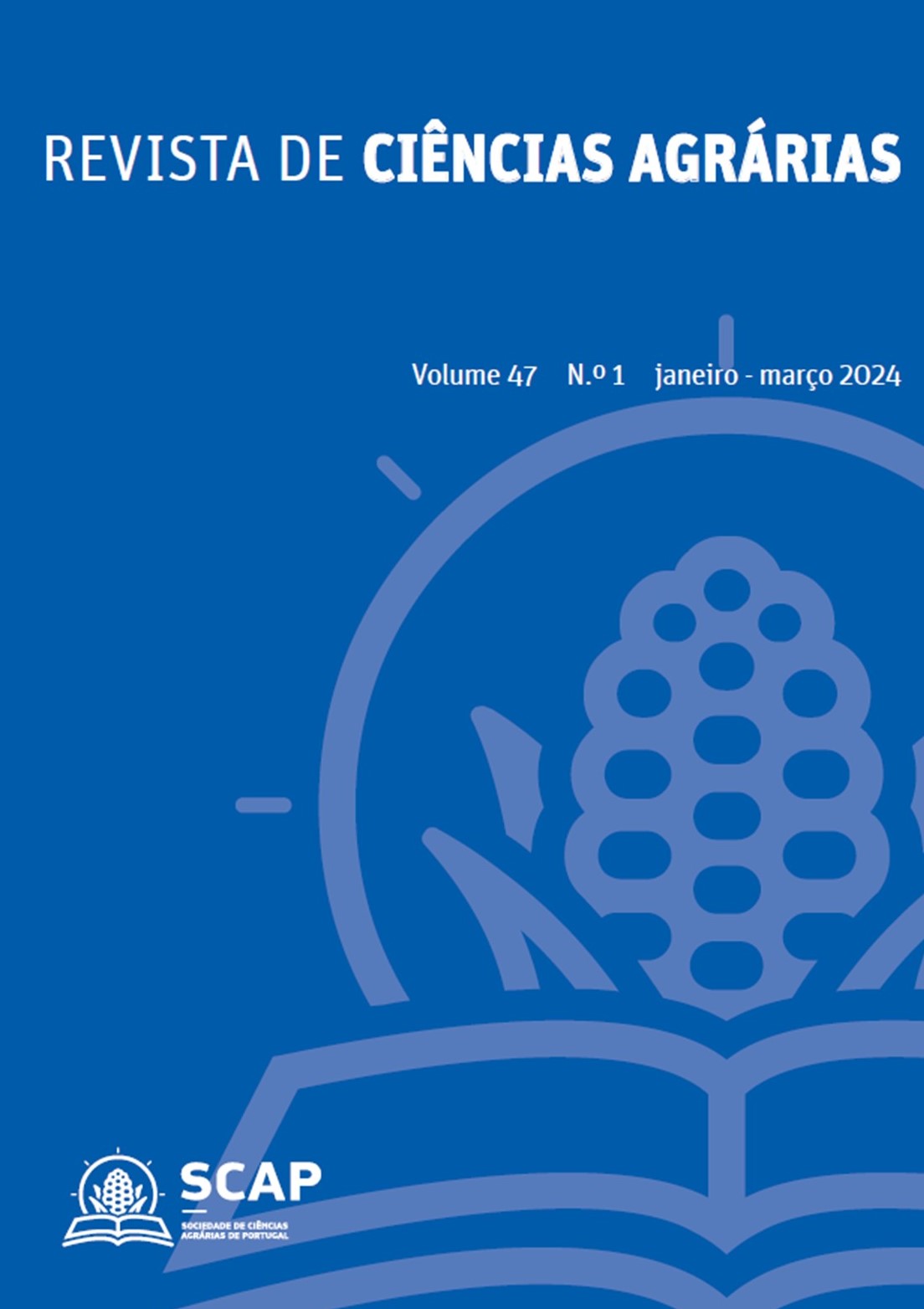Teosinte introduced into Spain and Bt maize: hybridisation rate, phenology and Cry1Ab toxin quantification in the hybrids
DOI:
https://doi.org/10.19084/rca.35040Abstract
The areas in which the teosinte has been found in Spain are those with the largest acreage planted with genetically modified maize, the Bt maize expressing Cry1Ab toxin used to control the pests Sesamia nonagrioides and Ostrinia nubilalis, known as borers. The close relation between maize and teosinte allows their crossing and the expression of the toxin in the hybrids. The production of the toxin at sub-lethal levels for the borers could lead to an earlier development of resistance. In this work, the potential hybridisation between teosinte found in Spain as the female parent and Bt maize as the male parent was determined. Furthermore, a phenological monitoring of the vegetative (plant height, stem area and number of leaves) and reproductive stages (days to flowering) of the hybrids and their parents has been carried out, while the Cry1Ab toxin produced have been quantified by ELISA. The experiments were carried out during three years under non-controlled environmental conditions. Hybrids were only obtained in one of the years, at percentages ranging from 0% to 72%. The hybrids showed a phenotype intermediate to that of the parents for the parameters evaluated. Environmental conditions influenced the production of Cry1Ab toxin in the F1 hybrids, which ranged from 36.4-48.8 ng Cry1Ab/mg fresh leaf, depending on the year. These values were of 46.8-51.4 for maize.


